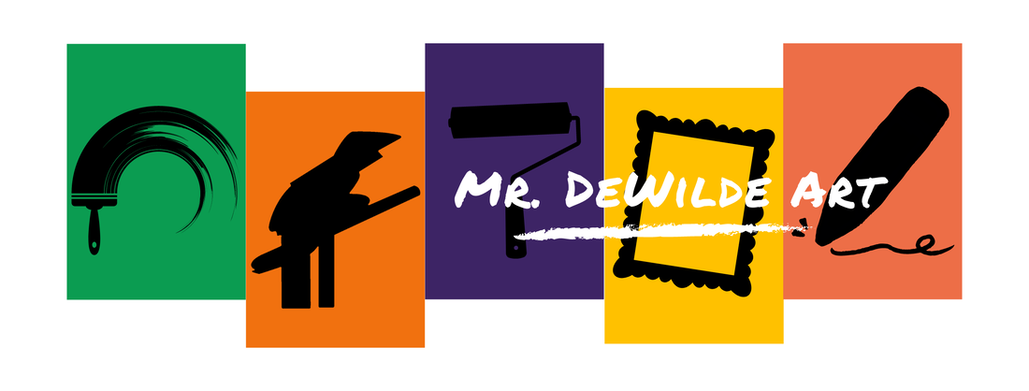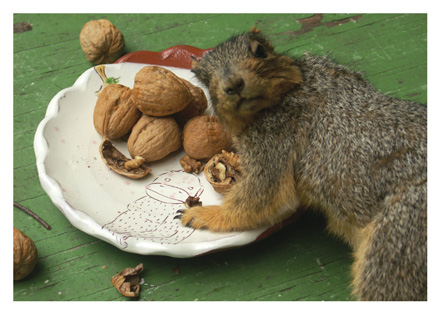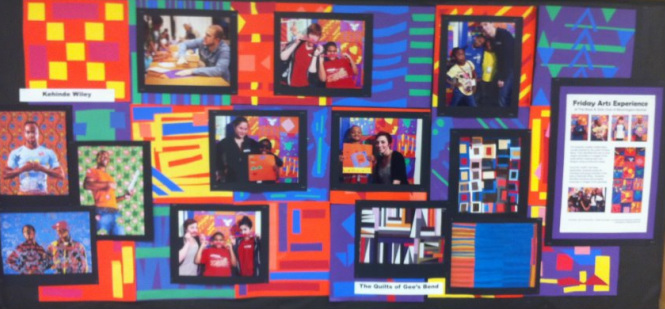|
Last Thursday, I enjoyed listening to ceramic artist Ayumi Horie discuss her work and personal philosophy. She shared several images of her pottery and studio, but what I found the most interesting was how well she had marketed herself over the years. Horie was one of the first ceramic artists to sell work from a personal website. Even today, few artists sell their work directly to the buyer. She described how the creation and maintenance of the website takes almost as much effort as her pottery. The aesthetic of the website was very important to her. She includes a lot of information about her work, but also has creatively marketed herself using postcard imagery and viral videos. She also talked about her involvement starting the Handmade for Japan charity. She collaborated with other artists to raise funds for the rebuilding of the Tohoku area of Japan effected by the March 11, 2011 earthquake. I was fascinated by her talk because I have always wanted to use ceramics in the classroom as a fundraiser to serve a charitable cause. I want to involve students in creating art to serve a larger purpose than function and aesthetics. I've heard a lot about the Empty Bowls campaign, and would like to do something similar in my future classes. I think the combination of how Horie has used postcards and videos to market herself, could be a great way to advertise for a school charity project. I also like the idea of having students think of creative ways to document their artwork using digital cameras or camcorders. Personally, I was never confident with ceramic projects throughout grades K-12, but I think I would have been excited to compose a funny photograph or a clever video featuring my pottery. I want to give my future students an opportunity to explore different artistic processes to coincide with a pottery lesson.
0 Comments
Last Friday I presented a lesson on multimedia portraits to students K-5 in a community center setting. I began with a brief introduction to the quilts of Gee's Bend. I showed the students images of the work, and explained how the women of Gee's Bend had past on their skills from from generation to generation. Several of the students said they had family members who quilted at home. Students identified shapes and patterns found in the quilt images. I explained the difference between warm and cool colors. Students responded that warm colors reminded them of the sun, while cool colors made them think of water. One student identified that bright colors may symbolize happiness. I was thrilled with his observation and explained how color can express emotion.
I asked the students to create two "quilt" squares using construction paper. The students were allowed to create their own patterns using different shapes and colors. Once they had completed one square, I asked them to bring it to the front of the room to be placed on a collaborative mural. The mural would be used for the second phase of the project. Once several of the students had contributed a square to the mural, students began posing for photographs in the style of Kehinde Wiley's paintings. At the beginning of the lesson we looked at images of Wiley's work. Students identified the complex backgrounds and how in some areas the background overlaps the figure. I asked students to describe the emotion each portrait suggested by how the figure was standing. The students identified one portrait as a man who looked tough, and another of a man who looked happy and proud. We talked about how our facial expressions communicate emotion, but also how we stand and present ourselves. Students took several poses in front of the collaborative "quilt" mural. They posed in a variety of expressive stands and expressions. See Student Work page for examples. Art Production: Create a geometric design using construction paper inspired by the quilts of Gee Bends. Communicate an emotion by posing in an in the style of Kehinde Wiley for at least one photograph. Art History: Identify the purpose of story-telling in the quilts of Gee Bends and the paintings of Kehinde Wiley. Art Criticism: Describe how warm and cool colors convey emotion. Aesthetics: Describe whether quilting is of equal, lesser or greater value than portrait painting. |
Mr. DeWilde's Blog
Archives
June 2024
|




 RSS Feed
RSS Feed